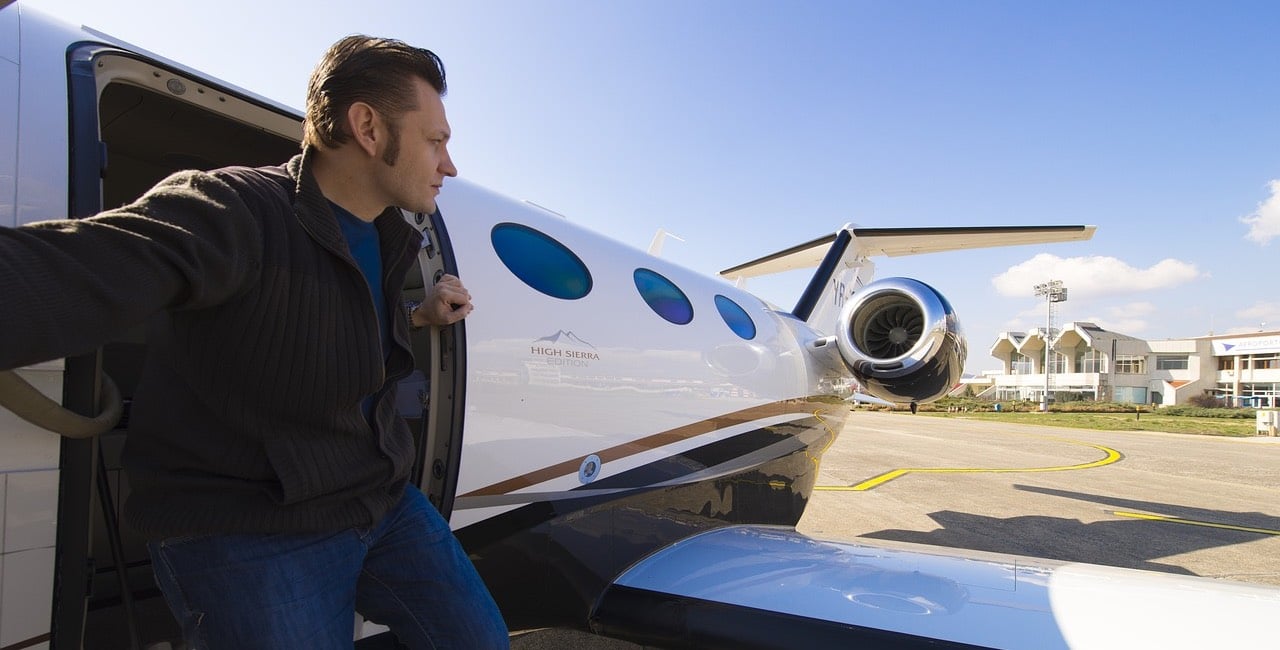Flying through the vast blue yonder, feeling the weightlessness of the skies and the luxury of solitude; these are dreams many harbour.
Yet, only a select few transform these aspirations into reality. If the realm of private aviation captivates you, journey with us as we navigate the path to how to become a private jet pilot.




